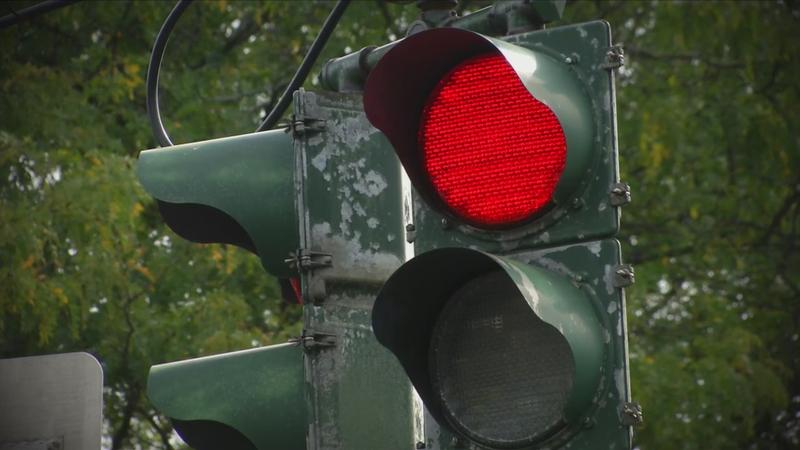Fact Check: Tech that saves you gas
[anvplayer video=”5064914″ station=”998131″]
ROCHESTER, N.Y. (WHEC) — Have you ever been at a red light and it sounded like the driver next to you turned their engine off and then when the light turns green they turn it back on?
It’s actually a fuel-saving technology called a start-stop system. But does it really save you money and protect the environment? News10NBC’s Nikki Rudd is checking the facts.
With the price of gas these days, we all want to be more fuel-efficient! That’s where the start-stop system comes in.
"Basically, when you approach zero miles an hour and the car senses your brake pedal is still applied, it’ll shut your engine off," explained Patrick De Haan from GasBuddy.
De Haan says car makers started using more of this technology back in 2008 to reach fuel efficiency goals here in the U.S. instead of idling at a red light or railroad crossing your engine shuts off when the brake is fully applied.

[News10NBC]
"And then as soon as you hit your gas pedal, the starter kicks in and your car restarts," De Haan said.
Ok, that sounds great! If your engine isn’t running you’re obviously saving fuel. However, if you’re like Rudd, your dad told you back in the day that turning the car on and off wastes gas!
"There’s a lot of myths and misconceptions that turning off the car and then turning it on somehow uses more gas," De Haan said. "That may have been true 40 or 50 years ago, but it’s not true anymore."
Take that, Pops!
So exactly how much could you save? It all depends on things like where you live and how many red lights you hit on your commute.
"You can probably come out anywhere from 5% to 8% ahead," De Haan said. "That doesn’t sound like a lot, but when you’re spending over $1,000 a year on gasoline that can add up to a free night out on the town."
AAA says the technology also cuts down on greenhouse emissions by about 5% to 7%.
So back to the claim that the start-stop system can save you money and protect the environment, according to De Haan that is a fact.
"Every little bit of fuel that you save adds up," De Haan said.
Rudd’s dad has the Toyota Prius which has had this technology since 1997. However, the technology has been in cars in Europe since the early 1980s.